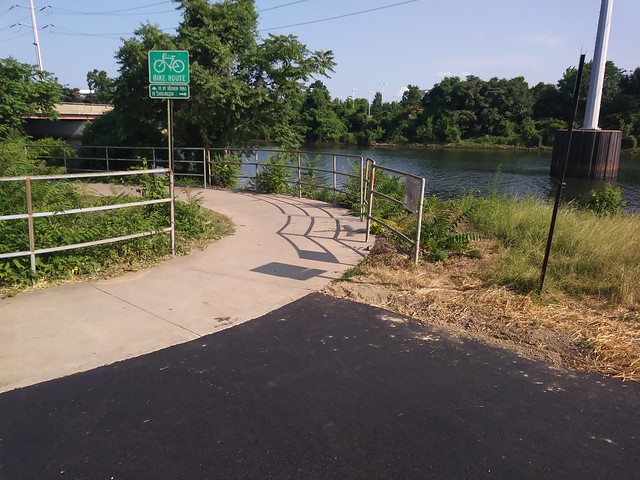The presentation in the print edition of the Post was a little more easy to digest than the online version - online the "trends" that are to the right are more difficult to connect with the "turning points" that are to the left (assuming I am understanding the approach correctly).
It may or may not be that the people who prepared this knew much about the subject, but the emphasis on "firsts" means that the main trends are obscured. The Rover of 1885 is not that significant itself but rather as an early example of a bike that is more recognizably similar to a modern bicycle and the kind of bike that led in the U.S. to what was generally considered a "bicycle craze" in the 1890s. The 1890s bike craze itself is not mentioned. However the authors get it right when they characterize the following decade in the U.S. as "the automobile rises, the bicycle falls." It would have been good to mention however that the League of American Wheelmen along with the bicycle industry of the 1890s pioneered the "good roads" movement that gave way to advocacy for highways and so on for motorists.

A cyclist and his typical bike of the 1890s that is much similar to a modern bicycle
One of the authors is named Pope but amazingly (or is it ironically) there is no mention of Colonel Albert Pope, the most well known manufacturer of bicycles in the 1890s who then moved on to try to succeed as a maker of automobiles (which didn't go so well). His "Columbia" brand for bicycles in particular still exists; the company claims some derivative connection to the original Pope Manufacturing Company.

An ad in an 1890 booklet for Columbia bicycles manufactured by Pope's company
The most surprising omission is the development of well-organized and reasonably funded bike share systems in North America in the 21st century, following their introduction elsewhere in the world. Washington's Capital Bikeshare is a leader in this area, in fact.








![Bike story [Bicycle rental store, District Hardware]](https://c1.staticflickr.com/5/4193/33834706174_3da524a16b.jpg)